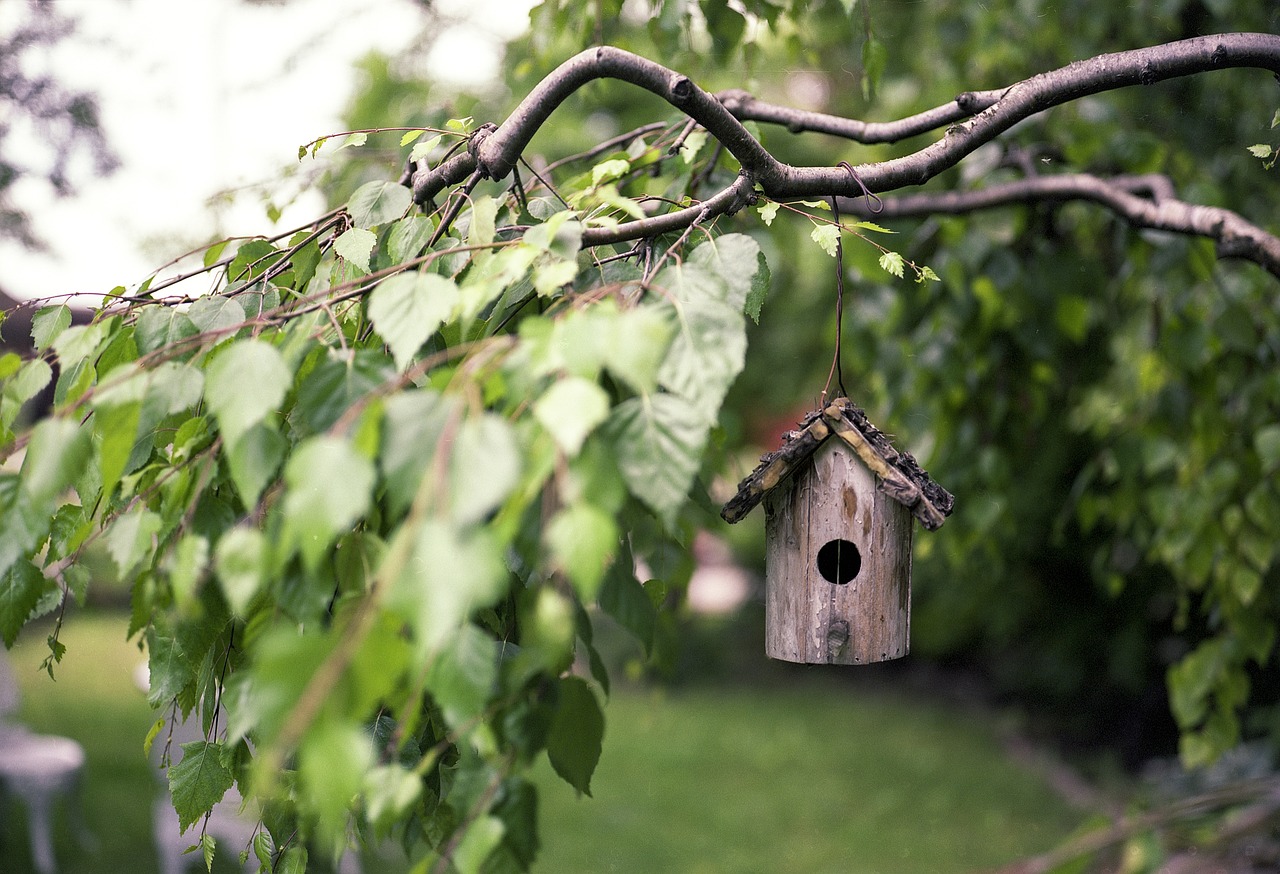Transforming an outdoor space into a lush, green oasis can seem daunting, especially for those juggling busy schedules. However, with bold genius gardening ideas, anyone can achieve a thriving garden that saves time and energy. This guide dives into innovative vertical garden hacks that maximize limited space, helping gardeners of all levels create impressive displays without overwhelming their routines. Additionally, it explores low-maintenance gardening techniques that allow for beautiful results with minimal effort. By focusing on outdoor space optimization, enthusiasts will discover ways to create multi-functional areas that blend aesthetic appeal with practicality. Join in as we unveil creative solutions, including DIY vertical gardens and sustainable practices, all designed to enhance outdoor living while fostering a healthier planet.
Genius Gardening Ideas for Vertical Garden Hacks
Vertical gardens have emerged as a game-changer in outdoor space optimization. By utilizing wall space, gardeners can create lush green backdrops without sacrificing valuable ground level area. Here are some practical vertical garden hacks that cater to diverse needs:
| Hack | Description |
|---|---|
| Use Wall-Mounted Planters | Install planters directly onto walls to grow herbs and flowers. These planters add visual interest and maximize space. |
| Repurpose Household Items | Convert old items like pallets or crates into vertical planters for an eco-friendly touch. This promotes low-maintenance gardening. |
| Hanging Systems | Utilize hooks or trellises to suspend pots, allowing trailing plants such as strawberries or herbs to flourish while saving floor space. |
| Vertical Grow Bags | These innovative bags can be hung on fences or walls, providing a convenient way to grow a variety of plants, from vegetables to flowers. |
By implementing these vertical garden hacks, gardeners can enhance their outdoor space with minimal effort while enjoying the many benefits that come with low-maintenance gardening. This creates not only a beautiful view but also a more functional and efficient gardening experience.

Low-Maintenance Gardening Techniques for Busy Schedules
For busy individuals, low-maintenance gardening offers a perfect solution to enjoy the benefits of outdoor greenery without the hefty time commitment. By choosing the right plants and techniques, one can create a vibrant garden space that thrives with minimal effort. Below are essential strategies that promote effortless gardening:
| Strategy | Description |
|---|---|
| Choose Native Plants | Native plants require less water and are more resilient to local pests, ensuring a lower maintenance routine. |
| Use Mulch | Applying a layer of mulch helps retain soil moisture, suppress weeds, and reduce the need for frequent watering. |
| Automated Irrigation | Installing a drip irrigation system can minimize water usage and take the hassle out of daily watering tasks. |
| Perennial Plants | Opt for perennials that return year after year, reducing the need for replanting every season. |
| Container Gardening | Utilize pots and raised beds to easily manage plant care and relocate as needed without compromising space. |
Incorporating these vertical garden hacks can further enhance the garden while maintaining ease of care. By optimizing the garden layout, complete with beautiful climbing plants and suspended pots, busy gardeners can maximize their outdoor space—all while enjoying the beauty of nature with minimal upkeep.
Outdoor Space Optimization: Creating Multi-Functional Areas
Enhancing outdoor spaces can be an exhilarating endeavor, especially when it comes to outdoor space optimization. Creative gardeners know that incorporating multi-functional areas transforms yards into versatile retreats. One effective strategy is combining seating zones with vertical plant installations. This allows gardeners to enjoy nature while efficiently utilizing space.
Utilizing raised beds serves dual purposes by acting as both planters and seating areas, thus saving precious square footage. Additionally, adding movable furniture is a practical choice; it allows easy reconfiguration for different occasions, fostering dynamic outdoor experiences. Consider crafting a cozy nook under a pergola adorned with climbing plants, providing shade during sunny days while adding aesthetic allure.
Lastly, incorporating features such as fire pits or outdoor kitchens can kick up the entertainment value and seamlessly integrate with your gardening efforts. By embracing these vertical garden hacks and tools, individuals can create a functional and beautiful outdoor space while enjoying the benefits of low-maintenance gardening.
DIY Vertical Gardens: Creative Solutions for Small Spaces
Creating a thriving garden in a limited area is made possible with DIY vertical garden hacks. Homeowners can take advantage of wall space, fences, and even old furniture to achieve lush greenery without sacrificing floor area. Here are some key ideas to consider:
| Solution Type | Description | Benefits |
|---|---|---|
| Pallet Planters | Repurpose wooden pallets as vertical planting structures. | Affordable, rustic aesthetic. |
| Hanging Pots | Utilize hooks or shelves to suspend pots from walls. | Saves space and adds visual interest. |
| Gutter Gardens | Attach cut sections of gutters to walls to grow herbs/flowers. | Efficient use of narrow spaces. |
| Vertical Trellis | Build a trellis to support climbing plants like beans. | Maximizes height for better yields. |
These approaches embrace low-maintenance gardening while also enhancing outdoor space optimization. By incorporating vertical elements, homeowners can enjoy a lush garden sanctuary, even in the tiniest of spaces.

Sustainable Practices: Genius Gardening Ideas That Benefit the Environment
In recent years, eco-conscious gardening has gained momentum, emphasizing the importance of sustainable practices. By incorporating these genius gardening ideas, individuals can enhance their outdoor space while contributing positively to the environment.
- Composting: Turning kitchen scraps into nutrient-rich compost is a simple yet effective way to reduce waste. This practice enriches the soil while cutting down on landfill contributions.
- Native Plants: Opting for native plants not only requires less water but also supports local wildlife. These resilient options thrive in your area’s soil and climate, promoting biodiversity.
- Rainwater Harvesting: Installing a rain barrel can significantly reduce water usage. By collecting and utilizing rainwater, gardeners can conserve this precious resource while nourishing their plants.
- Mulching: Using organic materials as mulch helps retain soil moisture, suppress weeds, and even enrich the soil as it breaks down. This low-maintenance gardening method fosters healthier plants and a thriving ecosystem.
By adopting these sustainable techniques, gardeners can achieve outdoor space optimization that respects nature and promotes a healthier planet. Embracing these practices ultimately leads to a beautiful and environmentally friendly garden that anyone can enjoy.
Frequently Asked Questions
What are some effective ways to banish weeds using household items?
Weeding can be quite a chore, but Sue Kent has shared a clever method to suppress weeds for years using items commonly found in households. By cutting old t-shirts and jeans into circular pieces and placing them around the base of plants, then covering them with soil and gravel, gardeners can effectively block underground weeds. Additionally, using layers of newspaper or cardboard topped with mulch can achieve similar results, keeping the surface weeds to a minimum while allowing surface maintenance to remain manageable.
How can vertical gardening enhance limited outdoor spaces?
Vertical gardening is a game-changer for small outdoor spaces. By utilizing wall space, railings, and hanging baskets, gardeners can make the most of their available area without overcrowding. This technique not only adds aesthetic appeal with cascading plants but also enables better access for care, air circulation, and sunlight for growth. Plants like strawberries, dwarf tomatoes, and other trailing varieties are ideal for vertical setups, providing both beauty and functionality in compact spaces.
What types of plants are suitable for balcony vegetable gardens?
Balcony vegetable gardens can thrive with carefully selected plants. Dwarf tomatoes and peppers are excellent choices as they do not occupy much space yet yield a high output of produce. Greens such as lettuce and spinach also make great additions, as they can grow well in shallow containers and can be harvested multiple times. Moreover, incorporating herbs like basil and mint not only enhances culinary uses but also adds fragrance and repels pests, ensuring a vibrant and productive garden.
How can gardeners maintain their balcony vegetable gardens with minimal effort?
To ensure low-maintenance balcony vegetable gardening, self-watering pots and rolling caddies are invaluable tools. Self-watering containers support moisture retention by providing a steady water supply from below, which can reduce the need for frequent watering. Additionally, rolling caddies allow gardeners to reposition their plants to chase sunlight or shelter them from harsh weather without heavy lifting. Combining these tools with a mulch layer can further cut down on watering frequency and help maintain healthy soil conditions.